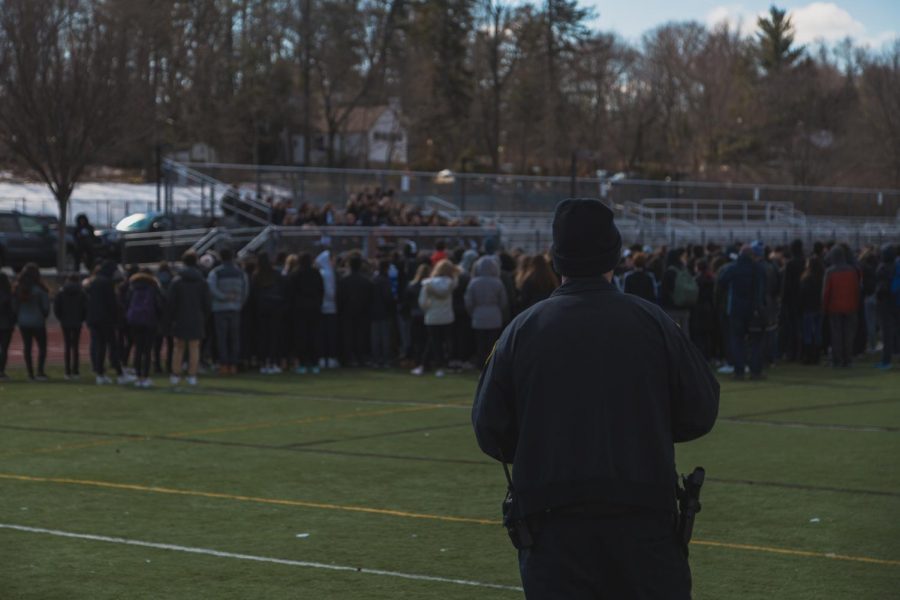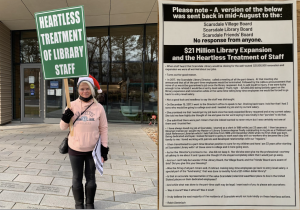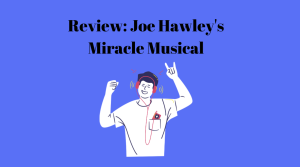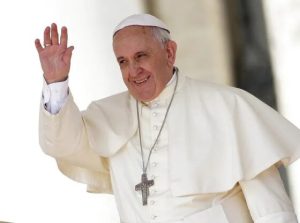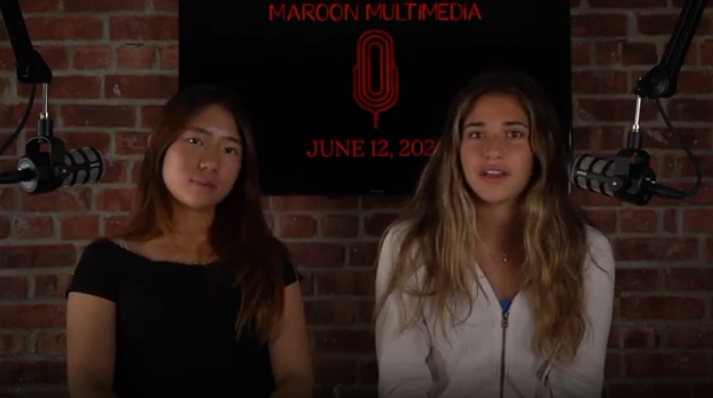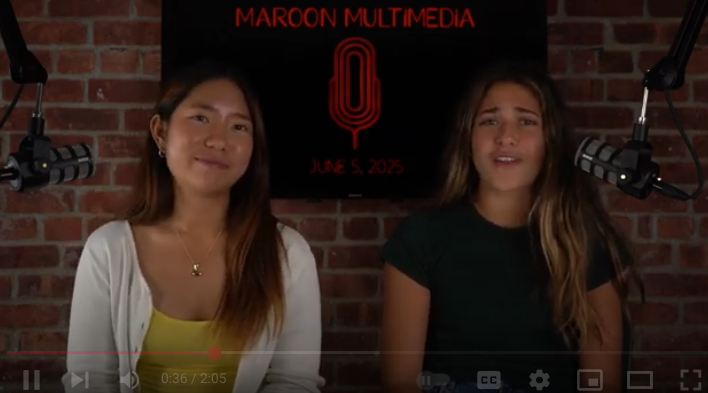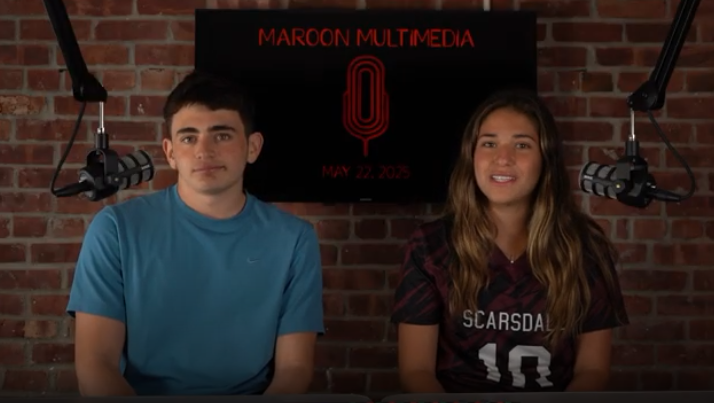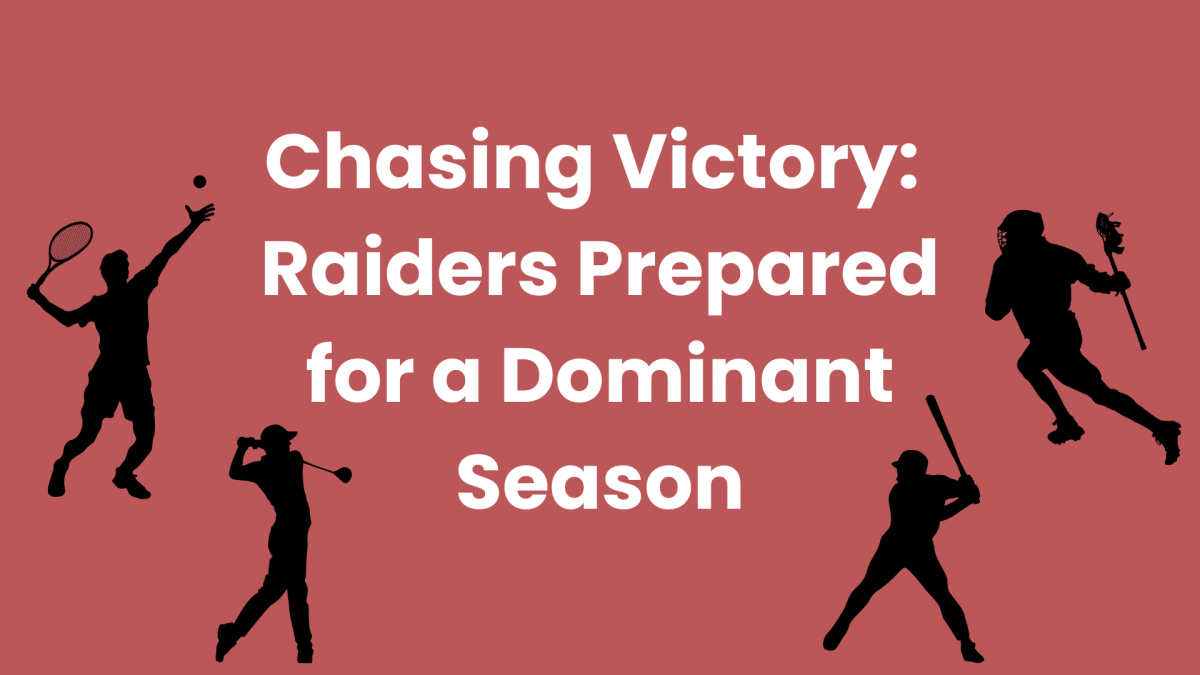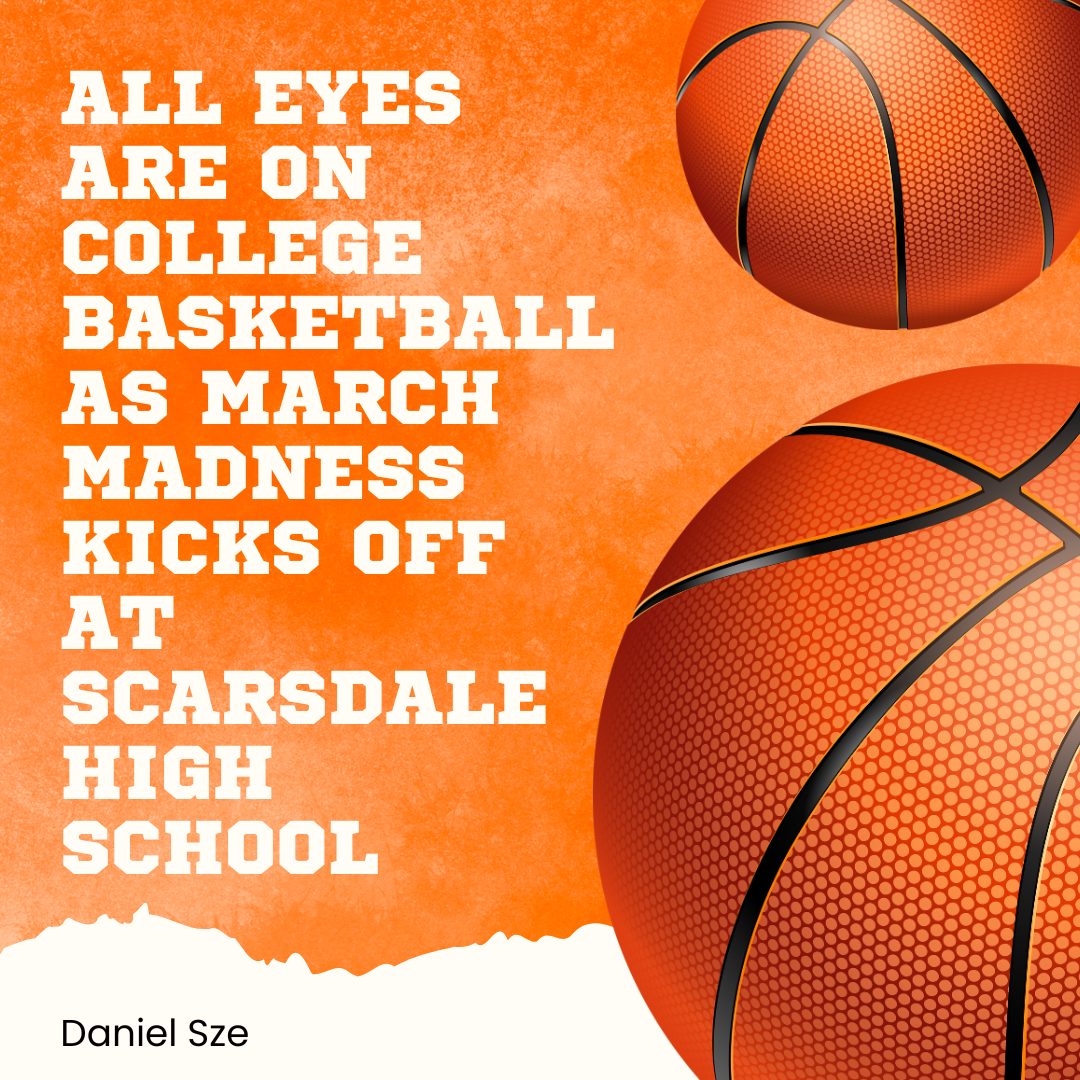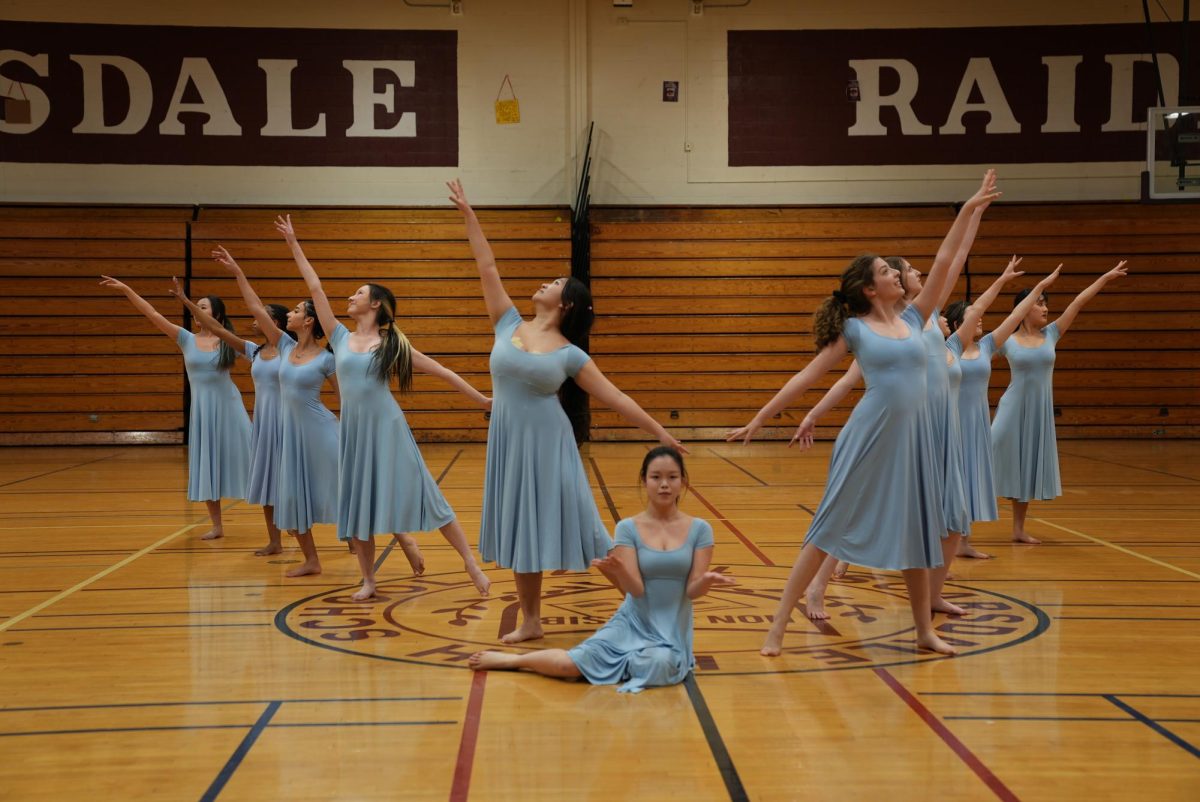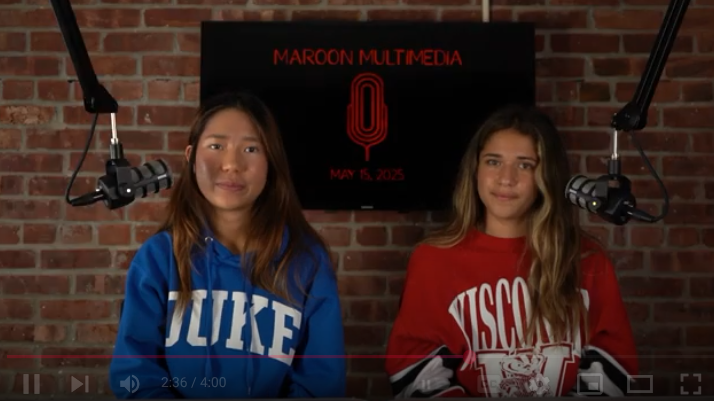Nonparticipants of the Walkout Speak Out
March 30, 2018
“Please. Please. There are people here. They’re all bleeding and they’re going to die.” These horrifying words came from a terrified Marjory Stoneman Douglas High School student who witnessed rapid gunshots taking down innocent students beside her on Wednesday, February 14th. This was no battlefield, no third-world country, no Hell. This was an American high school, a sacred place designated for the learning of the youth. Shock, anger, and outrage engulfed the country as word spread of these tragic events.
Desperate for change, a sea of SHS students, along with millions of others across the country, rose from their desks and headed out of classroom doors on March 14th, exactly one month after the fateful day. In the hallways, a tidal wave of black highlighted by orange and red ribbons gained strength, primed to crash on the shore of hatred, the turf field. Students spilt out of the gym doors like waves running up the beach. However, many SHS students decided to remain in their classrooms. Why? The reasoning behind students’ choices to remain inside on March 14th generally stemmed from two different trains of thought: politics or indifference.
Of the students who did not participate, many argued that the entire walkout, both the memorial speeches and the following gun reform rally, was a form of political partisanship. John* asserted that such acts do not belong in a public school. Luka Masic ’20 explained that the placement of the political rally just minutes after the memorial diminished its original objective. In theory, the memorial was a way for SHS to pay tribute to the Parkland victims and their families, an event supported by everyone in the community, especially by those who did not walk out. However, these politically-driven students believe the organization of the walkout transformed this tribute into a preeminent political platform. “It forces people who feel bad for the victims to feel like taking [away] guns is the solution,” said Masic. Concurring with Masic, Bridget Foley ’20 believes that the memorial was a way to stir up emotion to persuade students to support the political views of the organizers. After all, the coordinators organized the school’s walkout in support of the national walkout, an event sponsored by the Women’s March, a proudly partisan group.
Without knowledge of their actual motives, people could immediately conceive that the people who remained inside were ignorantly invested in their politics and thus against the lives of the victims. In response, Masic assured that he definitely is not against the victims’ lives and added that everyone should respect them. “We owe it to them to remember them not for an agenda, not for the politics, but for who they were,” said John. Despite the magnitude of the situation, some students believe the walkout was actually dishonoring to the victims. Rather than recognizing and supporting the families and loved ones of the seventeen victims, they viewed the walkout simply as using the lives of the victims as stepping stones for a political movement.
Instead of a walkout, many students believe alternative methods could have better memorialized the victims. Henry Kronenberg ’19 suggested a moment of silence to commemorate the victims’ lives. Earlier in the year, the administration authorized such a method to console the SHS community after a tragic plane crash took the lives of the Steinberg family in January. According to John, Westlake High School in Thornwood, New York held an assembly and presented a slideshow, one slide for each victim. Kronenberg also suggested having a walkout after school. If the event took place after school hours, no one would feel forced to support gun-control against their will. However, it is important to note that while participation was bountiful, the walkout was not a school activity. In fact, its goal was to separate itself from and protest the US education and security system, and participation was not mandatory. Kronenberg also added that a complete separation of these events from one another would be necessary in order to truly honor the victims. He wanted to commend the victims for their lives, not for a partisan idea. Many agreed with Kronenberg and would have been eager to participate in an event of this matter. “In the beginning I was told that it was only going to be only something to honor the victims, and even though it is at the same time as the national walkout, I would have still participated,” said Chris*.
For others, the walkout simply did not fit any of their values. Many students were simply apolitical and had no interest in immersing themselves in the views of one side of the political spectrum. “I think some kids didn’t go out because they didn’t care in participating in something political in school,” noted Chris. Kronenberg believed that for what the walkout was, it should have been more explicitly partisan. He suggested that perhaps the event could have been hosted by the Young Democrats Club. Both the Women’s March support of the National Walkout Day movement, and the political gun-reform speeches coincide with traditional Democratic values.
If these students were so adamant towards their beliefs, why were some hesitant to reveal their names? The answer comes down to the culture here at SHS. Rather than the story revolve around the names of the students and their assumed political beliefs, it is important to both them and SHS as a whole to acknowledge their message and understand what they stand for. “By not participating, you’re participating,” remarked Chris. Tragic events necessitate kindness and compassion within communities, and uprising creates chaos. The lingering question that remains is how can that chaos be channeled into unified action in hopes to beneficially impact not only SHS, but the country as a whole?
*names used to indicate anonymity

